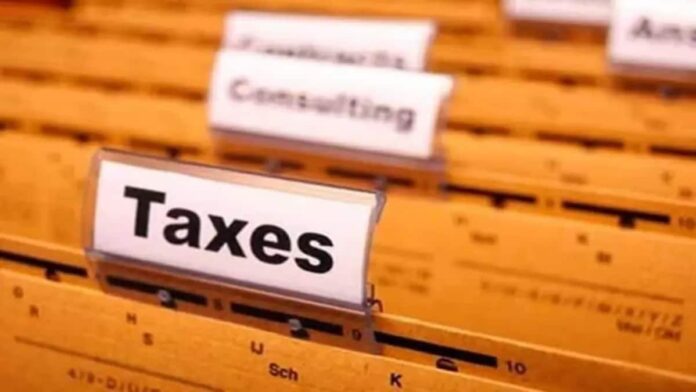Budget 2025 proposes to increase the rebate for the resident individual under the new regime so that they do not pay tax if their total income is up to Rs 12,00,000.
During the press conference following the budget releases, Finance Minister Nirmala Sitharaman highlighted the amount of money that taxpayers will now have in comparison to prior years.
The current income tax proposal, which raises the tax exemption to Rs.12 lakh, will leave a significant amount of money in the hands of the middle class. While the government is foregoing Rs.1 lakh crore in income tax, experts believe the increase in consumption would help offset part of the exchequer loss.
The FM in the Budget speech said that right after 2014, the ‘Nil tax’ slab was raised to Rs 2.5 lakh, which was further raised to Rs 5 lakh in 2019 and to Rs 7 lakh in 2023.
Budget 2025 now proposes that there will be no income tax payable up to income of Rs 12 lakh (i.e. average income of Rs 1 lakh per month other than special rate income such as capital gains) under the new regime. This limit will be Rs 12.75 lakh for salaried taxpayers, due to standard deduction of Rs 75,000.
But, where does the Rs 12 lakh amount going to be adjusted while calculating Income tax?
Currently, resident individuals with total income up to Rs 7,00,000 do not pay any tax due to rebate under the new tax regime. Budget 2025 proposes to increase the rebate for the resident individual under the new regime so that they do not pay tax if their total income is up to Rs 12,00,000.
Taxpayers earning up to Rs 12 lakh (excluding special income like capital gains) will not have to pay any tax due to a combination of lower tax slabs and the rebate.
Here’s how the tax savings work at different income levels:
If you earn Rs 12 lakh, you will save Rs 80,000 in tax, meaning you won’t have to pay any tax at all.
If you earn Rs 18 lakh, you will save Rs 70,000, which is 30% of what you would have paid under the old tax rates.
If you earn Rs 25 lakh, you will save Rs 1,10,000,
» Read More


